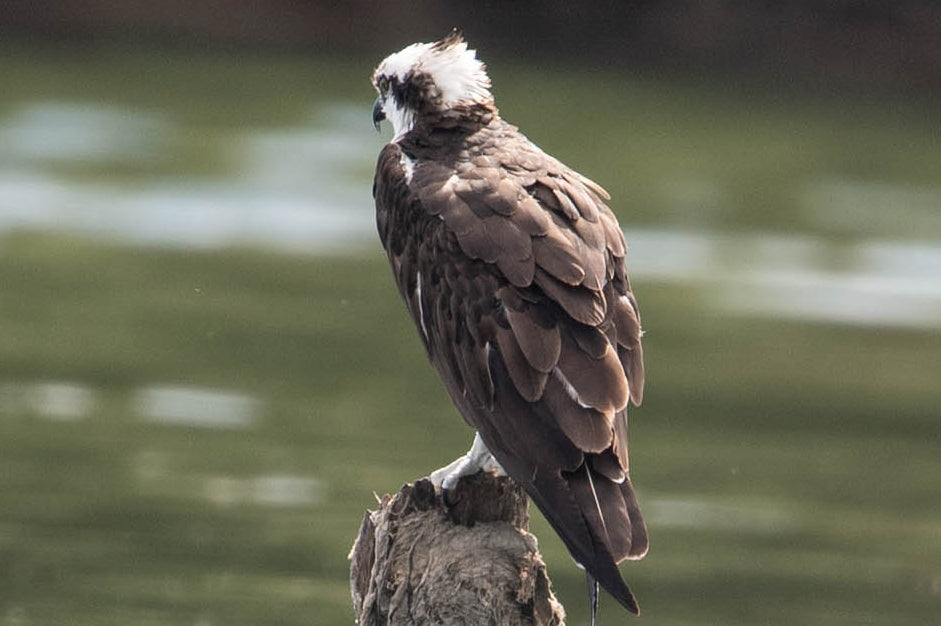Osprey
The Osprey, Pandion haliaetus, is a large bird of prey that is found worldwide and is well-known for its skill in hunting fish. Here are some key features and characteristics of the Osprey: Read in Spanish
Appearance: The Osprey is easily recognized by its unique appearance. It has a white head and underparts with dark brown to black upperparts. It also has a distinctive dark eye stripe that extends down its cheek, and it has long, narrow wings and a white underside with dark patches at the carpal joints.
Habitat: Ospreys can be found near water bodies such as coastal areas, lakes, rivers, and marshes where they primarily feed on fish. They are often seen hovering over the water before diving feet-first to catch their prey.
Diet: Fish make up the majority of the Osprey's diet, and their hunting technique is remarkable. They can plunge into the water from heights of up to 30 meters (100 feet) to catch fish with their powerful talons. Their reversible outer toes and spiny undersides of their feet help grip onto their slippery prey.
Nesting: Ospreys build large stick nests, often atop dead trees, utility poles, or artificial nesting platforms. They return to the same nest site year after year and add to the nest each breeding season. Ospreys are migratory birds, with populations in North America migrating to South America for the winter.
Conservation: Osprey populations faced decline due to issues like habitat loss, pollution, and pesticide use in the mid-20th century. Conservation efforts, including the banning of DDT and the establishment of nest platforms, have helped their populations recover in many regions. The Osprey is a remarkable and iconic bird species known for its impressive aerial hunting skills and its important ecological role as a top predator in aquatic ecosystems.

Osprey
Pandion haliaetus
Spanish Name: Águila Pescadora
Size: 22 in | 56 cm
Habitat: Freshwater and Saltwater habitats
Height: <3600 m
Photo: © Luis A. Materon

